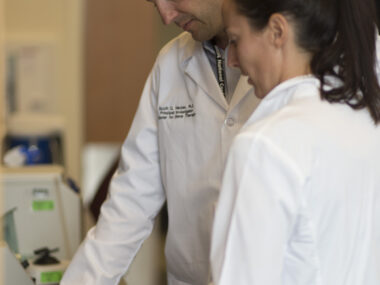Endgame campaign surpasses $10M raised for CMT1A treatments
CMTRF: So far, funds have kickstarted 9 projects to develop, advance therapies
Written by |

The CMT Research Foundation (CMTRF) has raised more than its $10 million goal for the Endgame campaign to support research toward treatments for Charcot-Marie-Tooth disease type 1A (CMT1A).
The foundation announced the results at the annual Global CMT Research Convention, which took place Sept. 26-28 in Cambridge, Massachusetts and brings together patients, researchers, pharma companies, and regulatory agencies to discuss CMT research and drug development.
“The foundation has put the money raised to immediate work for drug development for CMT1A. To date, funds have fueled nine projects from six companies and three top academic research centers aimed at developing or advancing therapies and cures for CMT1A,” Cleary Simpson, CMTRF’s CEO, said in a press release.
Simpson said three of the companies have drugs being prepared for clinical trials: Oryzon Genomics has ORY-4001, while Augustine Therapeutics has AGT100216, and Armatus Bio has TVR110. Three other companies hadn’t yet developed therapies for CMT, but will apply their efforts to CMT1A through Endgame.
Endgame’s end goal
CMT is a progressive, degenerative disease that affects the peripheral nerves, which are responsible for controlling movement and sensation in the arms and legs. In CMT1A, there’s usually a duplication, or extra copy, of the PMP22 gene, which results in high levels of a nonfunctioning PMP22 protein being produced. PMP22 is a critical component of myelin, the protective coating around nerve fibers that ensures efficient signal transmission.
There are no treatments for the condition, although studies in mice indicate that when gene duplication is silenced, that is, when the gene is switched off and the protein can’t be produced, its symptoms can be reversed. This approach has been approved for other indications, CMTRF notes on its Endgame campaign website.
Because CMT1A is the most common subtype of CMT, it’s attractive to pharmaceutical companies, according to the foundation, which is prioritizing gene therapies, add-on treatments, and therapies that can cross the blood-nerve barrier, the boundary between peripheral nerves and the bloodstream that prevents the transfer of substances from blood to nerves.
The Endgame campaign was created in 2021 to help accelerate the development of new treatments and ultimately a cure for CMT1A.
“Because we believe that the end of CMT1A is in sight, CMTRF calls the campaign Endgame. Moreover, CMTRF is confident that successes achieved by the research underwritten by Endgame will eventually benefit all types of CMT,” said Peter J. de Silva, CMTRF’s board chair, Endgame capital campaign chair, and a CMT patient.
“I, along with many other generations of other family members, have lived with this disease since our respective childhoods,” said Susan Ruediger, CMTRF’s chief mission officer, and Endgame co-chair. “It just has to stop, and we are now in a position to make that happen.”






